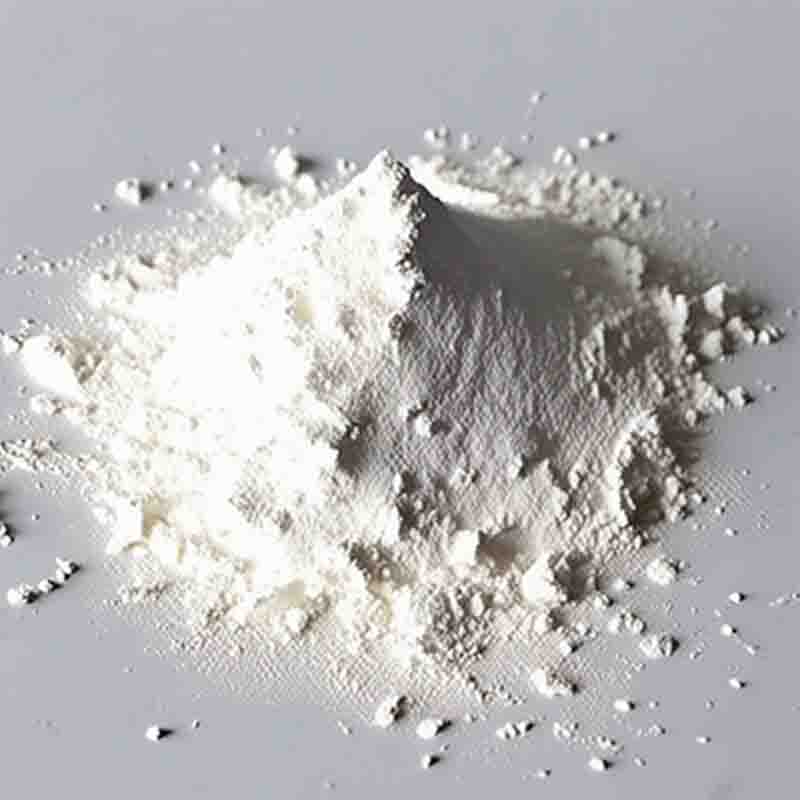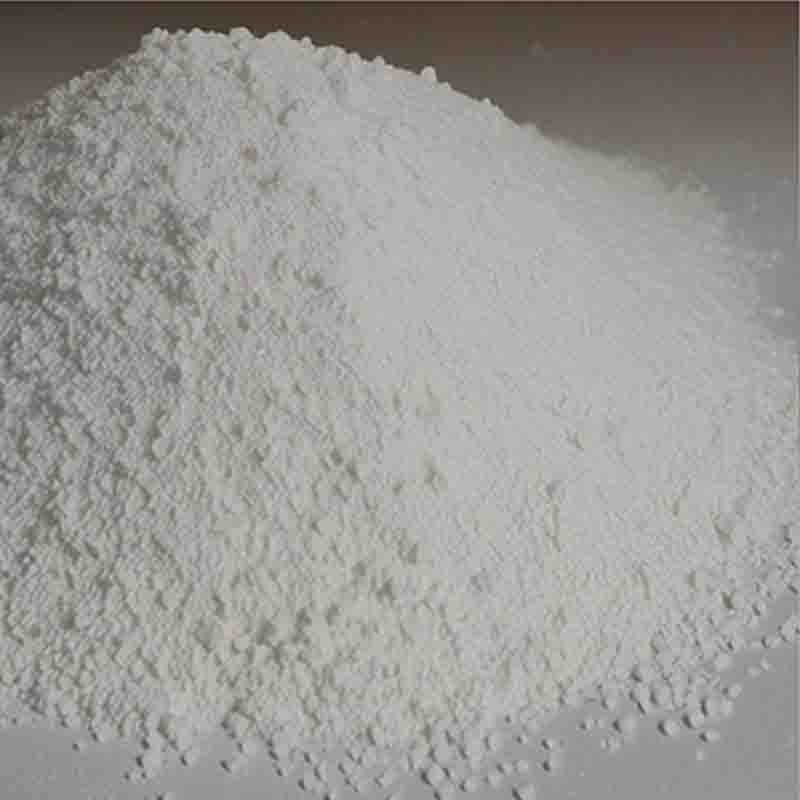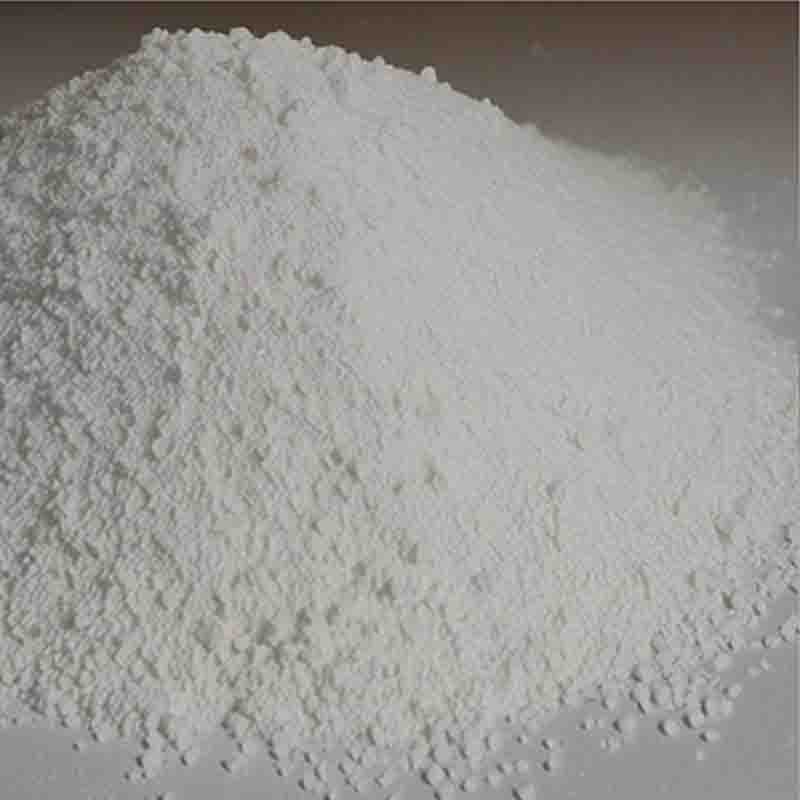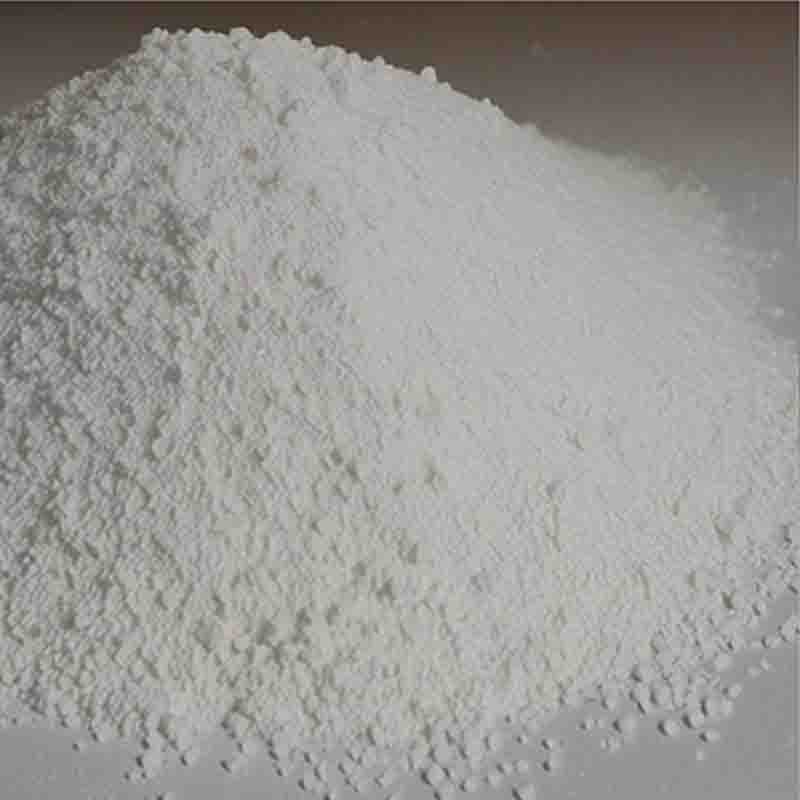N-(2-Hydroxyethyl)piperazine CAS: 103-76-4
| Catalog Number | XD94067 |
| Product Name | N-(2-Hydroxyethyl)piperazine |
| CAS | 103-76-4 |
| Molecular Formula | C6H14N2O |
| Molecular Weight | 130.19 |
| Storage Details | Ambient |
Product Specification
| Appearance | White powder |
| Assay | 99% min |
N-(2-Hydroxyethyl)piperazine, also known as HEPP, is a chemical compound with the molecular formula C8H18N2O. It is a clear, colorless liquid that has a slight amine-like odor. HEPP has several diverse applications across various industries, thanks to its unique properties and functional groups.One of the main uses of N-(2-Hydroxyethyl)piperazine is in the field of pharmaceuticals. It serves as a crucial intermediate in the synthesis of various drugs. HEPP can be reacted with different reagents to introduce its hydroxyethyl group into a molecule, which can significantly influence the compound's physiological properties. This makes HEPP an essential component in the production of pharmaceuticals such as antihistamines, antidepressants, and anticancer agents.HEPP is also widely used in the production of surfactants and detergents. Its hydroxyethyl group enhances the water solubility and surface activity of the resulting compounds. Surfactants containing HEPP are commonly employed in cleaning products, cosmetics, and personal care items. They help to reduce surface tension, enhance wetting power, and improve the overall performance of these products.Another important application of N-(2-Hydroxyethyl)piperazine is in the manufacture of corrosion inhibitors. HEPP's chemical structure allows it to form complexes with metal ions and create a protective layer on metal surfaces. This layer acts as a barrier, preventing the corrosive substances from coming into contact with the metal substrate and inhibiting corrosion. This makes HEPP an essential ingredient in coatings, paints, and metal treatment solutions, ensuring the durability and longevity of metal structures and equipment.Moreover, HEPP finds use in the field of polymer chemistry. It can be employed as a crosslinking agent in the synthesis of various polymers, such as polyurethanes and epoxy resins. HEPP's reactive hydroxyethyl group can react with free isocyanate groups or epoxy groups, forming stable linkages and enhancing the flexibility, strength, and stability of the resulting polymer materials.In summary, N-(2-Hydroxyethyl)piperazine is a versatile compound with diverse applications in the pharmaceutical, surfactant, corrosion inhibition, and polymer industries. Its hydroxyethyl group provides unique properties and reactivity, making it an essential component in drug synthesis, surfactant formulation, corrosion prevention, and polymer chemistry. However, it is important to handle HEPP with care, following proper safety precautions, as it can cause irritation to the skin, eyes, and respiratory system, and should not be ingested or inhaled.






![Bis[Tris(2-methylphenyl)phosphine]palladium CAS: 69861-71-8](https://cdn.globalso.com/xdbiochems/白色粉末2668.jpg)


